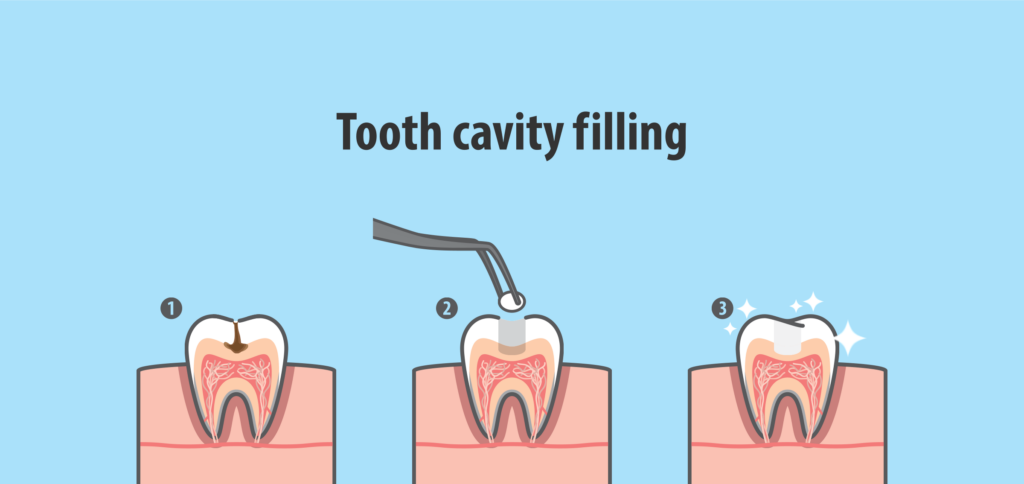Dental fillings are a widely used treatment to restore the function and structure of teeth that have been compromised by decay. However, many people need clarification when a tooth filling is needed. Recognising the early signs can save you from more serious dental problems. Here are six key signs you might need to visit a tooth-filling dentist and how you can prevent cavities in the first place.
1. Tooth Sensitivity
If you experience sensitivity to hot, cold, or sugary foods and drinks; it could indicate that the enamel of your tooth is weakened or that a cavity has formed. The sensitivity happens because the tooth’s dentin layer, which is more sensitive than the enamel, becomes exposed. Visiting a dentist early on for a tooth filling can prevent the decay from spreading further.
2. Visible Holes or Dark Spots
Holes or pits in your teeth are a clear sign of decay, and they require immediate attention. Dark spots or discolouration may also suggest that a cavity has developed. A dentist can quickly assess the damage & recommend a tooth filling to prevent further decay.
3. Tooth Pain
Tooth pain, especially when chewing or biting; is a strong indicator of a cavity or weakened tooth structure. The pain may be constant or occur only when pressure is applied. Ignoring tooth pain can lead to more serious issues like infection; which may require root canal treatment instead of a simple filling.
4. Rough or Chipped Edges
If your tooth feels rough or chipped; it could indicate that part of the tooth has eroded due to decay. In such cases, a composite tooth filling can be used to restore the tooth’s shape and function. Composite fillings are tooth-coloured and blend seamlessly with your natural teeth; making them a popular choice.

5. Food Getting Stuck Between Teeth
When food consistently gets stuck between your teeth; it can be a sign that a cavity is forming. Gaps between teeth, whether due to decay or wear, create spaces for food and bacteria to collect. This can lead to further decay if not addressed with a filling.
6. Bad Breath or Unpleasant Taste
Persistent bad breath or a metallic taste in your mouth could indicate the presence of decay or infection. Bacteria in a decayed tooth can produce unpleasant odours, and a filling may be necessary to eliminate the source of the problem.
How to Prevent Cavities
Preventing cavities is far easier and less costly than treating them. By following these simple tips; you can maintain strong, healthy teeth and reduce the need for fillings.
Brush and Floss Daily: Brushing twice a day & flossing once daily help remove plaque and food particles that can cause decay.
Use Fluoride Toothpaste: Fluoride strengthens enamel and makes teeth more resistant to cavities.
Visit Your Dentist Regularly: Routine checkups allow your dentist to catch any early signs of decay and address them before they require a tooth filling.
Limit Sugary and Acidic Foods: Sugary and acidic foods erode enamel and promote decay. Reducing their intake helps protect your teeth.
Stay Hydrated: Drinking plenty of water helps rinse away food particles and keeps your mouth moist, lowering the risk of cavities.
Consider Dental Sealants: Sealants can be applied by a dentist to protect the grooves and pits in your molars, which are common areas for cavities to develop.
Recognising the early signs of a cavity is key to maintaining good oral health. If you notice sensitivity, visible holes, or tooth pain; it’s essential to visit a dentist for evaluation. Composite tooth fillings offer an aesthetic and durable solution; helping restore your teeth and prevent further damage. By practising good oral hygiene and visiting your dentist regularly; you can significantly reduce the risk of cavities & maintain a healthy smile.